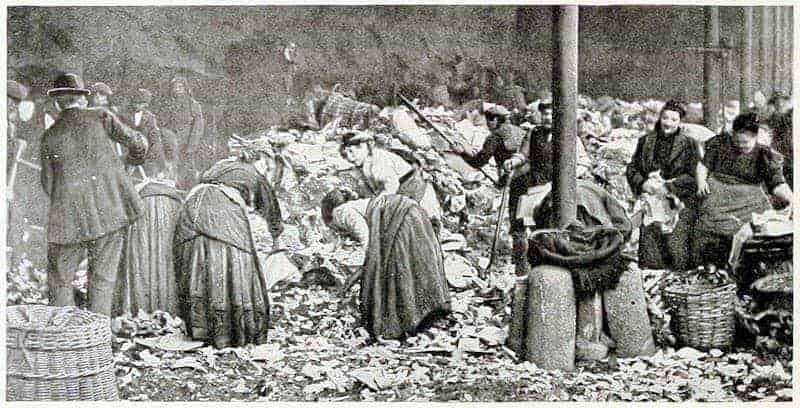It seems as every generation gets to the stage where they lament the existing world and long for the ‘good ol’ days’ where men were men, women were ladies, and there was a decent shot of dying of tuberculosis. Whatever we may think of the Internet age where trolls hide behind keyboards and launch insults from the basement in their grandmother’s house, the standard of living is significantly better than in generations gone by.
When you go back as far as the 19th century, you’re really at a time where life was short and times were often tough. Sure, they didn’t have to put up with Justin Bieber, but people of that era were exposed to some awful things nonetheless. In this article, I look at 10 things that ensured life back then was a constant struggle.
1 – An Era of Awful Experiments

If you are displeased at the standard of medical care in your country at present, it is still a million miles away from the dark days of the Victorian era. While the greatest discoveries in science and medicine have come from the process of experimentation, it was more often than not a torturous and unsuccessful affair in the 19th century.
A prime example was ‘trepanning,’ the process of drilling holes in the skull. While it is still used today, trepanning is performed specifically for brain swelling and skull fractures. It also involves hi-tech equipment. In the 19th century, trepanning was prescribed for general health reasons and the drills, and medical practitioners weren’t always accurate. It is also important to realize that few surgical tools were sterilized, antibiotics didn’t exist, and painkillers were few and far between, and nowhere near as potent as today’s versions.
If physicians today attempt to ‘experiment,’ everything they do is carefully watched. In the 19th century, it didn’t matter how crazy your idea was, if you could convince people that it was a viable treatment or cure, you could do whatever you wanted. A French doctor took advantage of this fact in the 1890s when trying to help a woman who had a tumor in her frontal bone. He removed the part of her skull bone and replaced it with the skull bone of a dog. To be fair, he was only copying the actions of 17th-century Dutch surgeon, Job Janszoon van Meekeren who once used a dog’s skull bone to reconstruct the face of Duke Butterlijn.
The process of bloodletting, also known as phlebotomy, was widely used in the 19th century. Doctors believed the body was comprised of blood, black bile, yellow bile, and phlegm and assumed an abundance of one was the cause of illnesses. The assumption was that removing blood from the body would result in a cure. As disturbing as the practice was, it was made even worse by the fact that barbers offered it as a service along with shaves and haircuts.
To cap things off for 19th-century patients, surgery was performed without the aid of anesthetic (unless you count drinking gin or whiskey) or antibiotics. One option was to use chloroform, but doctors seldom bothered. Morphine was also available near the end of the century, but it was relatively rare. The U.S. Civil War was famed for surgeons performing amputations near battlefields in a procedure that must have been excruciating for the patient. They usually had no choice because a failure to amputate typically meant death.

